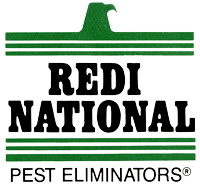How long do electronic rodent repellents typically last?
Electronic rodent repellents have gained popularity as a modern, humane alternative to traditional pest control methods. These devices, which typically utilize ultrasonic sound waves or electromagnetic frequencies to deter rodents, promise an effective way to keep homes free from unwanted furry intruders without the need for traps or poisons. However, potential users often wonder about…
